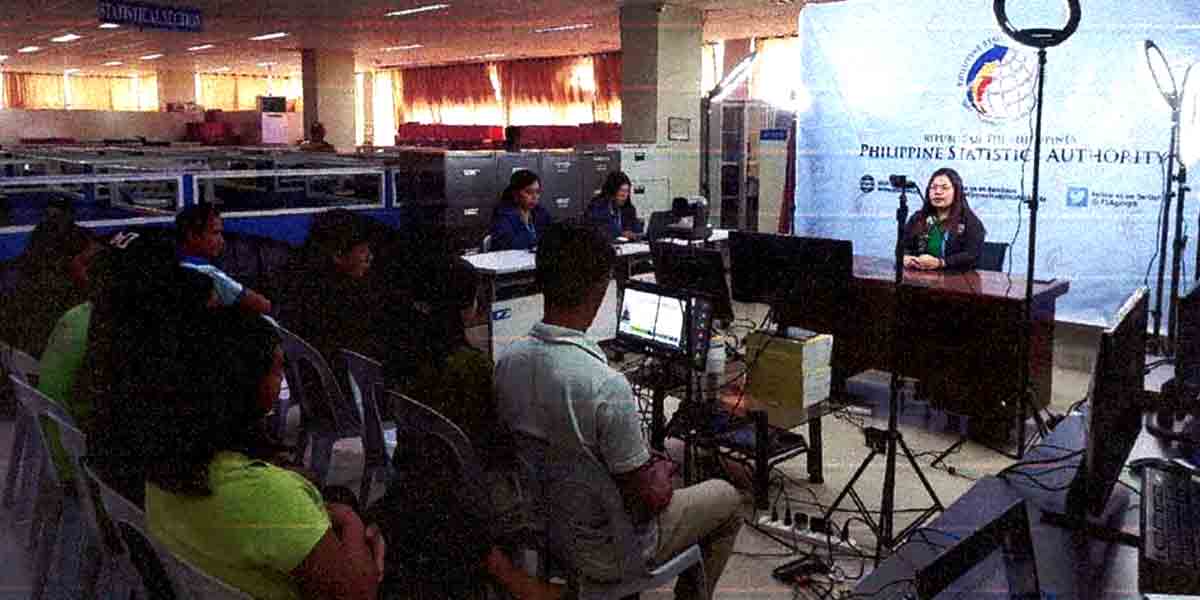By Joshua Corcuera
The rainy season has arrived, according to the state weather bureau PAGASA (Philippine Atmospheric, Geophysical, and Astronomical Services Administration). There was widespread rain for the last five days due to a frontal system and severe thunderstorms, explained PAGASA.
With this, rainfall is expected to be more frequent and more common in the coming weeks. Moreover, the southwest monsoon or the habagat is expected to make its presence felt in the coming months. This is why, as early as now, it is imperative to prepare our houses, our facilities, and ourselves from the potential devastation brought by the rainy wind. Notably, the southwest monsoon has caused serious flooding in the past few years. I remember when I was younger that the habagat caused a flood in our community just like most places in Metro Manila. This also taught me or made me aware of the fact that typhoons are not the only source of flooding.
As of writing, the country saw two tropical cyclones for 2022—Agaton and Basyang—both during the month of April. The latter merely entered the Philippine Area of Responsibility and did not affect the country in any significant way, unlike Agaton which caused 214 deaths, and more than P 2 billion damages in agriculture and almost P 7 million damages in infrastructure. On average, we witness 20 tropical cyclones annually which is why we must remind ourselves on how to deal with the consequences brought by typhoons which we expect to become common by June until October.
Speaking of typhoons, storms are becoming more frequent and more powerful on average. Human-caused climate change is a major factor as to why strong storms are becoming the norm. With this, it is imperative for governments, corporations, and communities to respond immediately against activities that accelerate climate change. Furthermore, mitigating the consequences of climate change should be a national imperative especially that millions of Filipinos live in coastal areas which are particularly prone to typhoons and weather disturbances. It is likewise important to invest in our scientists and projects that seek to protect our people, infrastructure, and resources against the impact of typhoons in particular, and the effects of climate change in general.
To some, the rainy season may be a bliss. Some people find solace and peace with the rain, some appreciate the cool weather brought by the rainy season. To many, however, it may spell disaster. Thus, it is essential that rainfall would not be a big burden to our society. Government and corporate intervention against climate change, combating activities that harm the environment such as irresponsible mining and illegal logging, and raising social awareness and participation are all imperative steps that must be intensified in the years to come if we would want to lessen the damage brought by storms to society.
Despite focusing on storms or typhoons because we are now in the rainy season, we must likewise remember that there are other severe catastrophes brought by climate change such as longer droughts which can consequently affect our food supply adversely. Moreover, rising sea levels due to melting ice caps brought by a warmer world pose a challenge to people living in coastal areas and low-lying areas. With all these facts mentioned, it is quite obvious that something must be done—now.




















